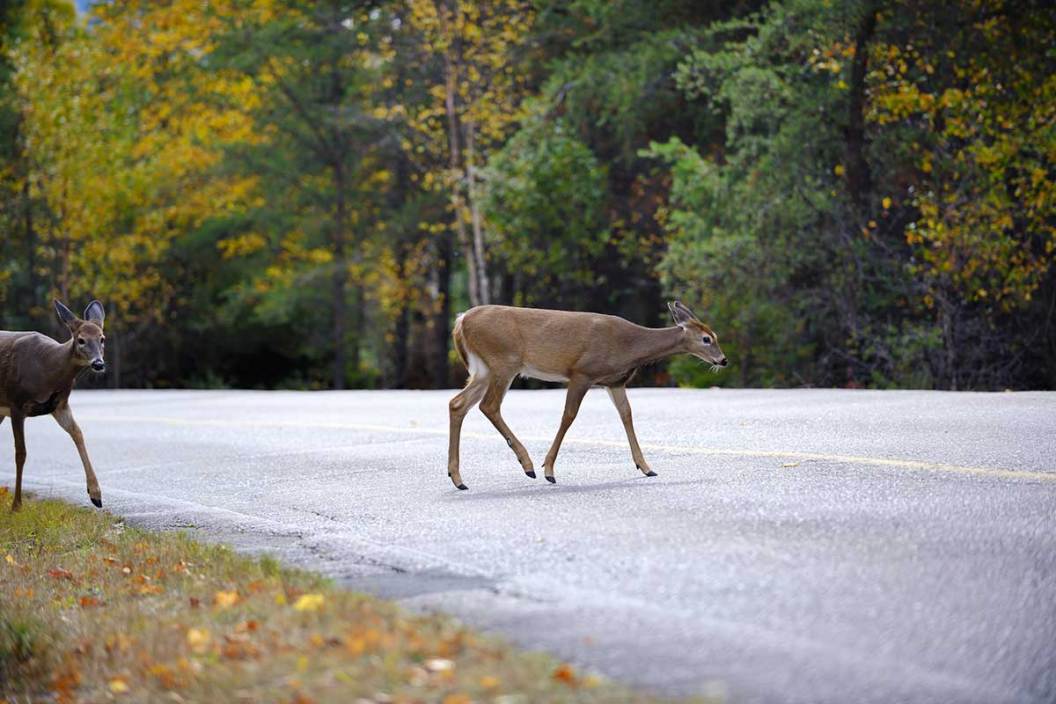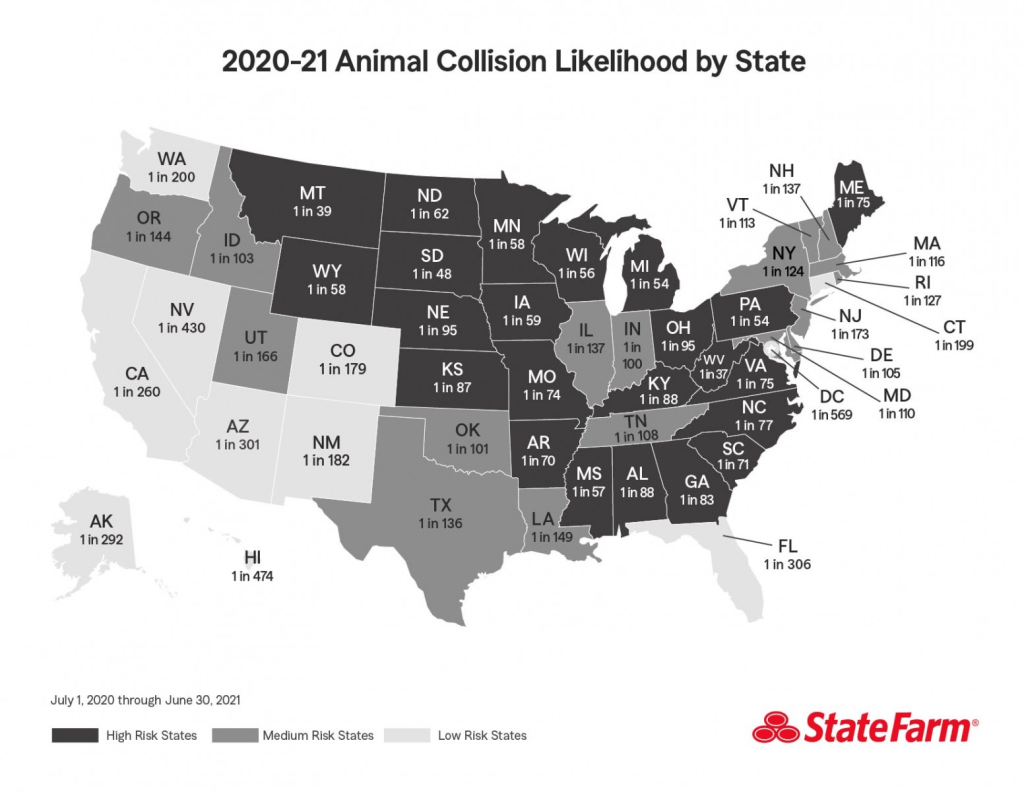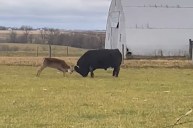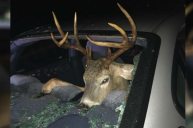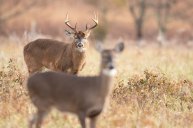Motorists should be on high alert this month, because car deer accidents annually see an increase nationwide this time of year.
It turns out those deer crossing signs on the side of the road are well worth paying attention to.
Thanks to seasonal analysis, November has been determined as the riskiest month for motorists in areas with established deer populations.
If you hit a deer, your insurance company will almost certainly be involved. It's those auto insurance companies that are able to provide the best information, and those reports are eye-opening this year because of the Covid-19 pandemic that affected just about everything in the past year and a half.
During the 12-month period between July 2020 and June 2021, an estimated 2.1 million deer-vehicle collisions occurred across U.S. roads. That's 7.2% more than in the previous 12 months, according to an annual analysis by State Farm Insurance.
Historically, November is the worst month for this sort of thing, thanks in large part to the annual whitetail and mule deer rut season, otherwise known as mating season. It also coincides with hunting season, which naturally pushes deer to be on the move.
Deer crashes can occur in every state and happen during every month, but November, October, and December (in that order) are the top three most dangerous.
On top of that, deer crashes in certain states are more common, and therefore more of a risk. There are two ways of looking at the odds: there's the highest number of auto claims filed, and then there's the likelihood of deer crashes. Both render different lists, but help shine light on how impactful this season can be in terms of wildlife vehicle crashes.
The top five states in terms of auto claims filed are: Pennsylvania (with 166,404 estimated auto insurance claims filed for the entire industry); Michigan (132,387); Texas (131,373) ; California (104,767); and North Carolina (98,409).
Texas saw the estimated total number of animal strike claims rise by 19% since the previous period, and California experienced the highest yearly increase in new cases, reaching 65% more than the previous 12-month period.
In terms of the likelihood of animal collisions, West Virginia leads the nation (1 in 37 chance); next comes Montana, (1 in 39, a 17% increase since the previous period); South Dakota (1 in 48); and Michigan and Pennsylvania (both, with 1 in 54 chance).
Deer-Vehicle Accidents by Likelihood
How to Avoid Deer-Motor Vehicle Collisions
State Farm also provides some helpful info on avoiding deer-related accidents. Here's a rundown:
- Stay alert and reduce distractions
- Slow down if you see an animal on or near the road. Especially with deer, if you see one, there's likely more nearby.
- Be aware of peak feeding and moving times, like dusk and dawn.
- Wear your seatbelt (at all times) and use your high beams if you safely can.
- If you are unable to avoid a collision, brake as necessary, maintain control, and try not to swerve.
Anyone who's experienced serious crashes with deer knows the level of vehicle damage that can occur. They're large animals, and car accidents involving them can lead to a lot of issues, most notably life-threatening injuries.
No matter the number of deer in the area you're driving, or the highway safety measures you devote yourself to following, there's always a chance. It's pertinent to remain alert no matter when or where you're driving, but this information can go a long way in helping people avoid car accidents with deer.
NEXT: MINNESOTA DEER HUNTING: ALL THERE IS TO KNOW
